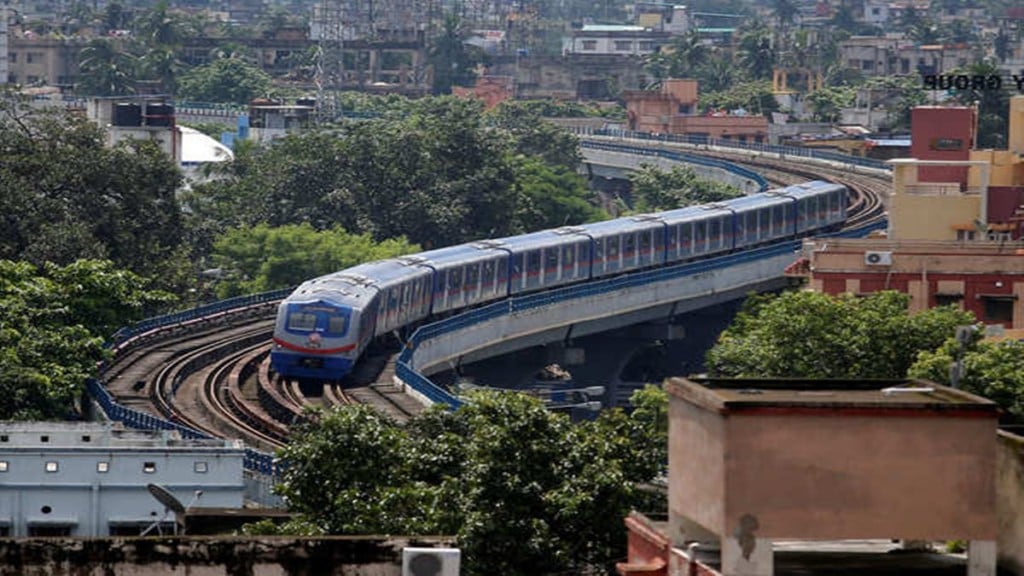Kolkata Metro’s East-West Metro Corridor is finally approaching complete operationalization, with commercial service targeted to begin across the entire route between Salt Lake Sector V and Howrah Maidan in June-July. This announcement by Metro Railway general manager P Uday Kumar Reddy on Friday brings much-awaited relief to commuters who have eagerly anticipated the project’s completion.
The project faced significant delays, primarily due to the 2019 aquifer burst at Bowbazar, causing ground subsidence and building collapses. Subsequent water leakage incidents in 2022 further hampered progress. Despite these obstacles, significant strides have been made.
The Salt Lake Sector V to Sealdah stretch is currently operational, with train services in the Howrah Maidan-Esplanade section anticipated to start once necessary clearances are obtained.
Kolkata Metro’s Tunneling Triumph:
Kolkata‘s East-West Metro boasts a unique engineering feat – a 10.8 km underground corridor running beneath the Hooghly River, from Howrah Maidan to Phoolbagan. This historic achievement, marked by the first-ever train run through a river tunnel in India in April 2023, solidifies Kolkata Metro’s innovative spirit.
Kolkata Metro eyes Automatic Train Operation
Furthering its technological advancement, Kolkata Metro is set to implement the Automatic Train Operation (ATO) system on the Salt Lake Sector V-Sealdah stretch. The ATO system enables automatic acceleration, deceleration, control, and arrangement of motoring activities.
In ATO mode, the metro train will move between stations automatically after the motorman long-presses the ‘ATO departure’ button, with doors opening automatically upon arrival. This approach minimizes the physical operations required by the motorman, who only needs to press the ‘door close’ button before starting the train.
The upcoming launch of the entire East-West Metro corridor and the implementation of the ATO system mark significant milestones for Kolkata’s urban transportation landscape. Passengers can look forward to faster, smoother, and more reliable commutes, propelling the city towards a modern and efficient future.
(With PTI Inputs)

